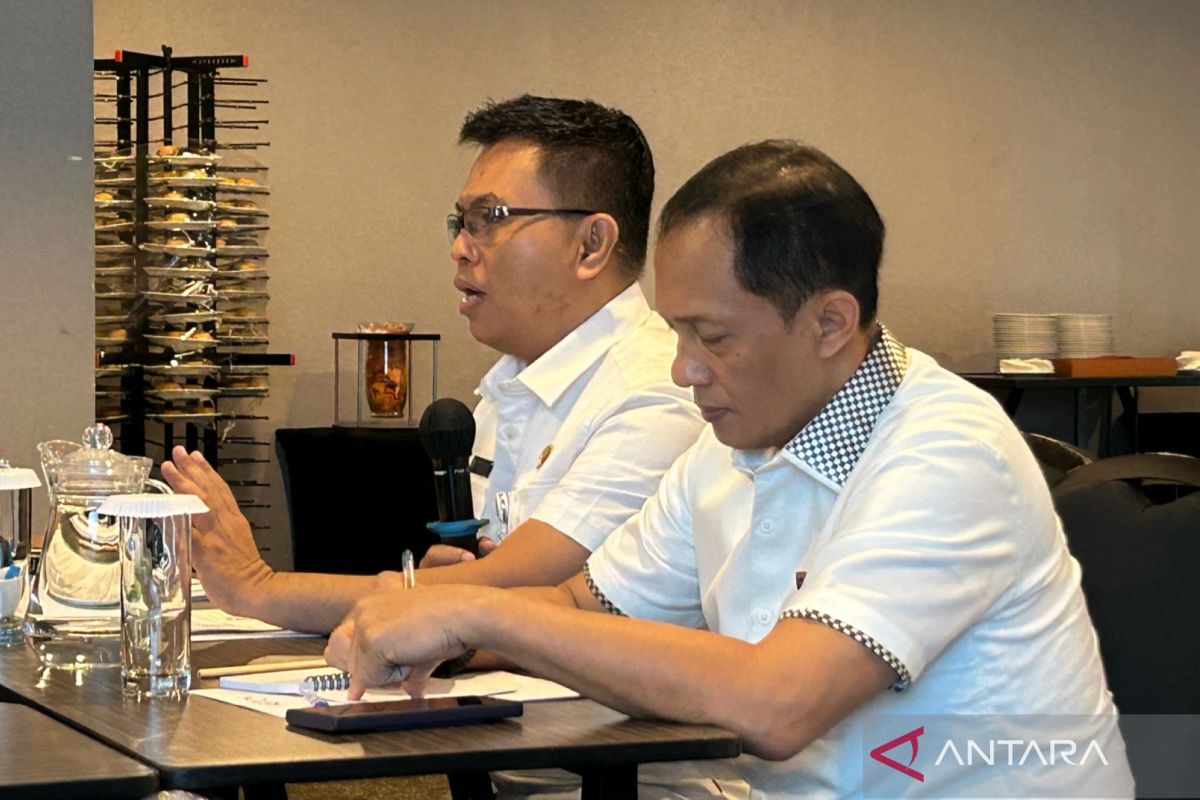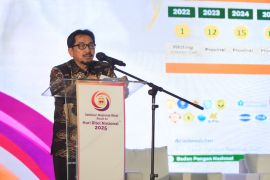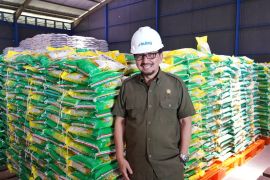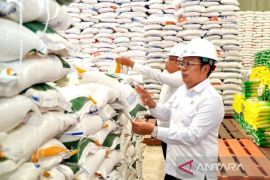Deputy of food availability and stabilization at Bapanas, I Gusti Ketut Astawa, said that in regions regarded as red regions, such as Maluku and Papua, the prices are higher compared to other regions.
"The success of the SPHP rice program this time is not indicated by the volume (of rice) distributed, but the effectiveness in reducing prices in the distribution areas," he said in Jakarta on Tuesday.
According to Astawa, one step that can be taken is to double the supply to the regions.
For example, he expounded, if Papua usually gets one thousand tons of rice, it will be provided two thousand tons. He said he believes the effort can reduce rice prices in areas where they are considered consistently high.
Astawa added that the distribution of SPHP rice in equal amounts in each region will no longer be carried out in 2025.
Bapanas will impose sanctions on sellers found selling the SPHP rice above the retail price ceiling, namely Rp12,500 (around US$0.77) per kilogram.
"This is rice provided by the government. Thus, the retail price ceiling implementation is mandatory. If it is violated, there will be sanctions," he emphasized.
He said that all related parties must comply with the rules applicable to SPHP.
The distribution of SPHP rice is an effort by the government to reduce rice prices. To this end, he emphasized that retailers must not play around with prices.
Related news: Indonesia eyes water-efficient farming to boost rice production
Related news: Empowering farmers, modernizing agriculture for food security
Related news: Indonesian govt raises rice, corn prices to help achieve food security
Translator: Maria Cicilia, Raka Adji
Editor: Azis Kurmala
Copyright © ANTARA 2025












